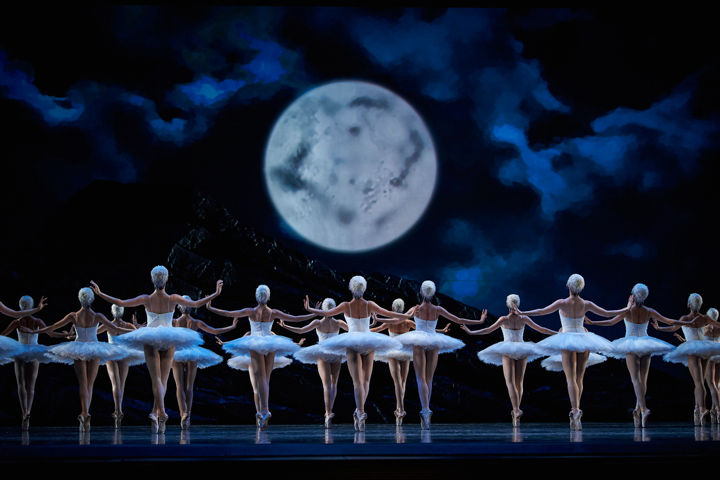
San Francisco Ballet
How Digital Asset Management saves time for the ballet by automating image approval processes and enabling efficient photo-sharing
— The ballet wanted and needed to be able to have a system of upload, metadata entry, ease of filing as well as editing, and an approval process for publication – so we decided on a Digital Asset Management solution.
-
500
PHOTOS PER PERFORMANCE
-
40
PERFORMANCES PER YEAR
-
20,000
IMAGES CREATED PER SEASON

Photo: © Erik Tomasson Photography courtesy of San Francisco Ballet
Background
With over 40 performances each year, the San Francisco Ballet generates an extraordinary amount of content. Photos are incredibly important to the ballet, and are used for a wide variety of purposes internally, such as marketing, as well by external media agencies and press organizations. Managing such a high volume of images created a number of challenges for the Ballet, and it was a complex and time-consuming process from taking a photo, to getting approval from performers, to publishing and distributing the content.
— Processes that had previously taken hours of people’s time, running around and chasing people, can now be done in a matter of minutes.
Challenges
Inefficient photography workflows
Before investing in Fotoware, the San Fransisco Ballet had to gather image approvals from both the Artistic department and the dancers manually. It was a cumbersome process, which was neither effective nor environmentally friendly. By manually printing photos and taking them to stakeholders for approval, the process was not only time-consuming but also made it difficult for dancers and the Artistic department to properly view the details of the photos. It also meant there was no clear documentation trail to show what had been approved and when, or by who.
Sharing photos with the press
Traditionally, a special section of the website had been used as a press archive, giving press representatives access to relevant photos after performances. However, using the CMS for this purpose was far from ideal. Uploading assets to the archive took between 2 and 3 hours after a performance, and one usually had to upload several versions of each photo. Additionally, the solution didn’t offer any possibility of quickly making important changes to the files.
— The beauty of the product we invested in for uploading and cataloging was that it also enabled web-based access and online photo approval.
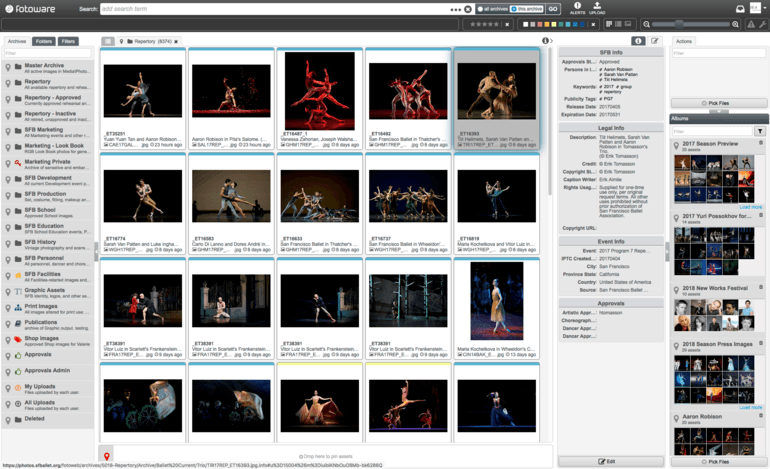
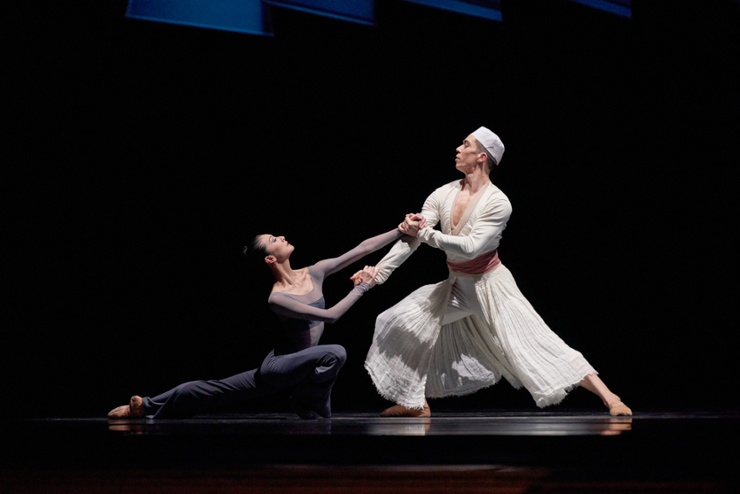
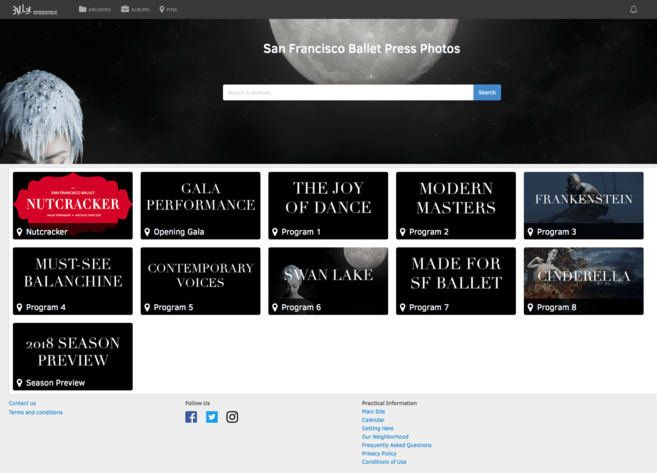
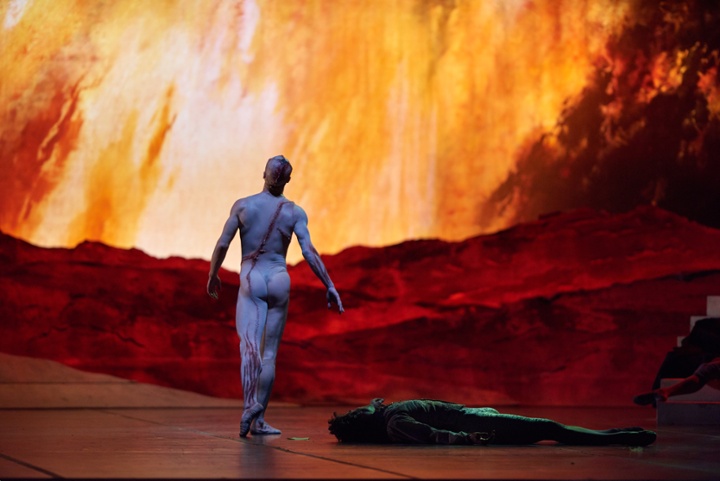
Solutions
Automated image approvals process
With Fotoware, the San Fransisco Ballet was able to automate its approval processes through the DAM. Making the process much more effective and enabling a digital track of each asset. After a performance, assets get sent for approval in Fotoware to the Artistic department, who selects the best ones. Those are then sent to the relevant people for the next step of the approval process. Lastly, each dancer is asked to approve pictures where they are portrayed, making sure that all assets are in line with legal requirements.
A Self-serve Press Archive
Now, the ballet has a digital press archive within their DAM, where selected press representatives can log in and find relevant photos from performances. Instead of finding and downloading a picture of a certain size and format, the archive enables the press to find the photos they like and choose the dimensions they need upon download.
— Getting everything online solved the environmental issue, and formulating an approvals workflow solved the legal documentation aspect.
Want to learn more?
Talk to one of our experts to discover how we can streamline your organization's content workflows.


